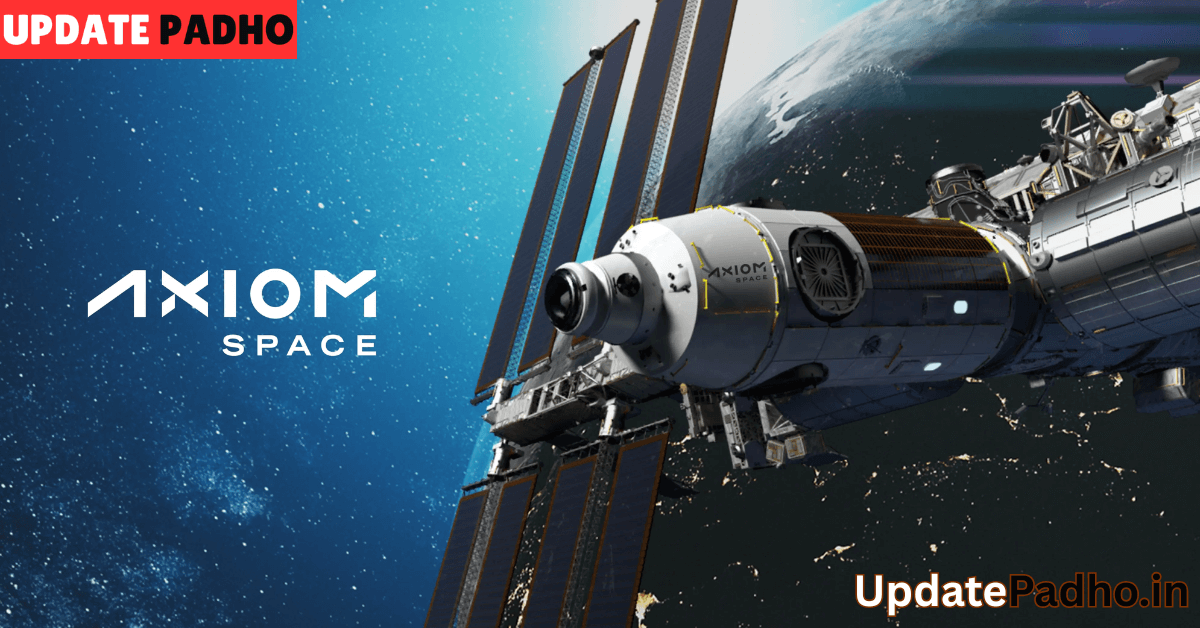On June 25, 2025, Houston‑based Axiom Space successfully launched Axiom Mission 4 (Ax‑4) aboard a SpaceX Falcon 9 from Kennedy Space Center, carrying the brand-new Crew Dragon spacecraft Grace Staffed by Peggy Whitson (commander), Shubhanshu Shukla (India’s first ISS astronaut in 41 years), Sławosz Uznański‑Wiśniewski (Poland), and Tibor Kapu (Hungary), this mission underscores Axiom’s vision: commercial access to low‑Earth orbit and building a private successor to the ISS by 2030.
Historical Significance 🌍
- For India, Poland, and Hungary, Ax‑4 marks their first ISS mission and second ever human spaceflight, the previous ones dating back over four decades via Soviet-era programs.
- Shubhanshu Shukla, an IAF officer and ISRO astronaut, plays pilot and leads several experiments. His participation symbolizes India’s re-entry into crewed spaceflight and a stepping stone toward ISRO’s Gaganyaan missions.
- Peggy Whitson, record-breaking astronaut and Axiom’s director of human spaceflight, returned to orbit for the fifth time, commanding the mission and marking her second commercial flight to the ISS.
🔬 Science & Tech: What’s on Board
Ax‑4 hosts over 60 experiments from 31 countries—the most science-intensive Axiom mission yet-spanning:
Microgravity Research
- Human physiology: glucose monitoring in space (to inform diabetic and general health on Earth) via continuous glucose monitors and insulin pen tests.
- Biology & life sciences: ISRO leads seven experiments—covering microalgae, cyanobacteria, seed germination, tardigrades, muscle regeneration, cognition, and microbial adaptation—all supporting future spaceflight and terrestrial applications.
- Material & plant sciences: space farming trials with fenugreek and moong seeds, plus microalgae growth experiments.
Technology & Commercial Demos
- Crew Dragon “Grace”: The maiden voyage of SpaceX’s fifth and final Crew Dragon capsule. It docked autonomously and is expected to splash down in the Pacific after 14–21 days.
- Medical devices: evaluating continuous glucose monitor functionality in microgravity—vital for diabetic individuals and hospital patients on Earth .
- International partnerships: collaborations with Burjeel Healthcare, ESA, ISRO, Poland’s POLSA, Hungary’s HSO, and NASA’s ISS National Lab.
🧩 Mission Challenges & Logistics
- Delays & hurdles: Launch was postponed twice—first due to issues with Crew Dragon’s liquid oxygen system, then due to a pressure leak in the ISS’s Zvezda module.
- Launch details: Liftoff occurred at 6:31 UTC (2:31 a.m. EDT / 12:01 p.m. IST). The spacecraft docked on June 26 and remains aboard for about two weeks.
- Cost & scope: Private seats reportedly cost over US $65 million per astronaut. The mission signifies robust commercial support for microgravity experiments, outreach, and media interactions.
💡 Axiom’s Tech Roadmap
Next-generation space station
Axiom plans to build its own modular station:
- Payload Power Thermal Module (PPTM): delivers power and thermal control, launches ~2027.
- Hab‑1: Habitation module with crew quarters and docking ports, launches ~2028.
- Airlock, Hab‑2, Research‑Manufacturing modules, SEE‑1 inflatable studio, and a multi-purpose logistics module follow, culminating in the first fully independent private station in orbit in the early 2030s.
Cutting-edge spacesuits & lunar tech
- Axiom is leading the development of AxEMU lunar spacesuits and partnered with Nokia to integrate 4G/LTE for HD video and crew communication on the Moon.
- Working on Lunar Terrain Vehicles (LTVs) with Astrolab under NASA Artemis contracts valued up to $1.9 billion.
The Bigger Picture: Commercializing Low-Earth Orbit
Ax‑4 exemplifies Axiom’s strategy:
- Frequent commercial missions: Aiming for two per year until station modules begin launching.
- Global access: Opening opportunities for new national astronauts—Czech Republic has already expressed interest.
- Vertical integration: From crewed flights to habitats to EVA suits, Axiom is building a full-stack space infrastructure for governments, corporations, and individuals.
- Science meets commerce: Missions fund research that benefits space agencies, universities, businesses, and healthcare—while building revenue for the company.
Final Thoughts
Axiom Mission 4 isn’t just another spaceflight—it’s a turning point:
- ✅ Diversifying talent: India, Poland, Hungary reclaimed their place in crewed space exploration. This enhances participation in something once exclusive.
- ✅ Accelerating research: From diabetes research to plant biology, microgravity yields innovations with real-world impact.
- ✅ Blueprint for growth: With Grace validated and modules in production, Axiom is set to spin off ISS, ushering in an era of privately operated space stations.



